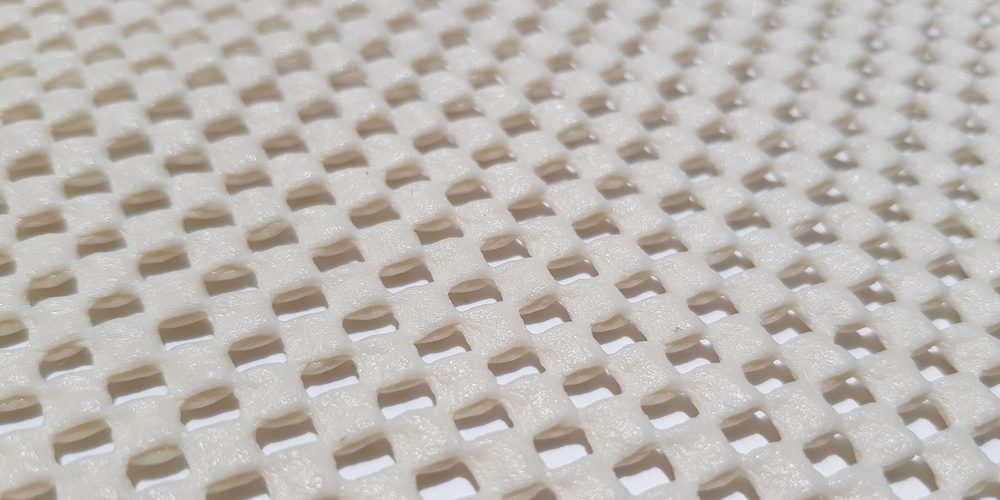If you’re looking to freshen up your house and replace your worn carpet, you’ll likely need a new carpet underlay too.
Although frequently forgotten, carpet underlays are very important and are available in different materials to suit your carpet, floor foundation and room type.
In this blog, we explore the use of carpet underlays and which carpet underlay is best for you.
What is carpet underlay?
Carpet underlay is a layer of material installed underneath your carpet that forms the base of your carpet fitting. There are multiple types of underlay, which we will discuss in depth later in this article.
Carpet underlayment has many purposes, so why is it essential in carpet installation?
Why do I need to use carpet underlay?
Top-quality carpet underlay can increase your carpet lifespan by 30% by significantly maintaining your carpet and protecting it from wear and denting.
Carpet underlay provides the following benefits that keep your carpet healthy for longer.
Compression resistance
Underlay provides cushioning to your flooring, combating the effects of friction by preventing the bottom side of your carpet from wearing away. Without an underlay, constant movement above your carpet causes it to rub against a hard surface, gradually destroying its underside.
Moisture protection
Concrete is used frequently as subflooring (the foundation beneath your underlay). However, it is susceptible to collecting moisture. Carpet underlay placed above the concrete subfloor shields your carpet from moisture, which can wick up through the concrete by providing a vapour barrier.
Shock absorption
Additionally, the underlay is a shock absorber that reduces everyday noise and impact sounds, such as voices, footsteps (and paw steps), and moving furniture.
Without it, your home would become incredibly noisy.
Insulation
This material also helps insulate your home, preventing heat from escaping and cold draughts from entering from underneath your flooring.
Without a good quality carpet underlay, you may find your energy efficiency decreases as you try to heat your home- wasting energy and money.
What are the different types of carpet underlay?
There’s more than one kind of underlay, each offering different benefits. They include:
- Sponge rubber – a durable choice that’s perfect for concrete floors as it resists moisture more effectively and absorbs noise.
- Crumb rubber – Densely packed together rubber that protects your carpet from indentations caused by heavy furniture.
- Felt – made from wool, the more traditional and cheaper felt underlay offers high levels of cushioning and noise reduction and insulation. It’s also easy to lay due to its flexibility.
- PU foam (polyurethane) – Foam is incredibly versatile as it offers great cushioning, noise reduction, heat insulation and is lightweight for easy application on staircases.
Which is the best carpet underlay for me?
If you are struggling to choose, we recommend taking some time to consider the following factors when selecting the underlay that’s best for your carpet. It may just make your selection much clearer and simpler.
Type of carpet
Carpet thickness and material play a factor in deciding which underlay to use.
Thinner carpets require a thicker underlay to provide extra cushioning and prevent your carpet from flattening. Sponge rubber is a fantastic option in this scenario as it’s available in different thicknesses ranging from 6.7mm to 11mm.
For woollen carpets, felt underlay is best as it provides comfort and stops the carpet from flattening.
The floor foundation
Consider the foundation of your floor.
Is it made from concrete or wood plank? Concrete is a much colder surface that requires underlay offering high levels of insulation. Sponge rubber is a fantastic durable option for very hard and cold floors such as concrete.
Wood plank is less prone to becoming cold and doesn’t require a higher level of insulation. As such, felt and PU foam is suitable for these types of floors.
The room
Each room in your home may not require the same carpet underlay.
For example, your bedroom needs an underlay that offers great levels of insulation, such as felt and PU foam.
Your living room may need a high-impact underlay to support heavy furnishing, such as crumb rubber.
However, the carpet underlay on your staircase needs an underlay that is more flexible and easier to fit. In this case, PU foam or felt is best.
Speak to a trusted carpet underlay supplier
Tradepriced is a reputable carpet underlay supplier that provides you with the finest materials and answers to any queries you may have.
Our team has the knowledge and expertise to advise on the best underlay, thickness, and dimensions for your project- saving you from buying the wrong product and wasting money.
For more information, call our sales team on 020 8037 6557 or email us at sales@tradepriced.co.uk









